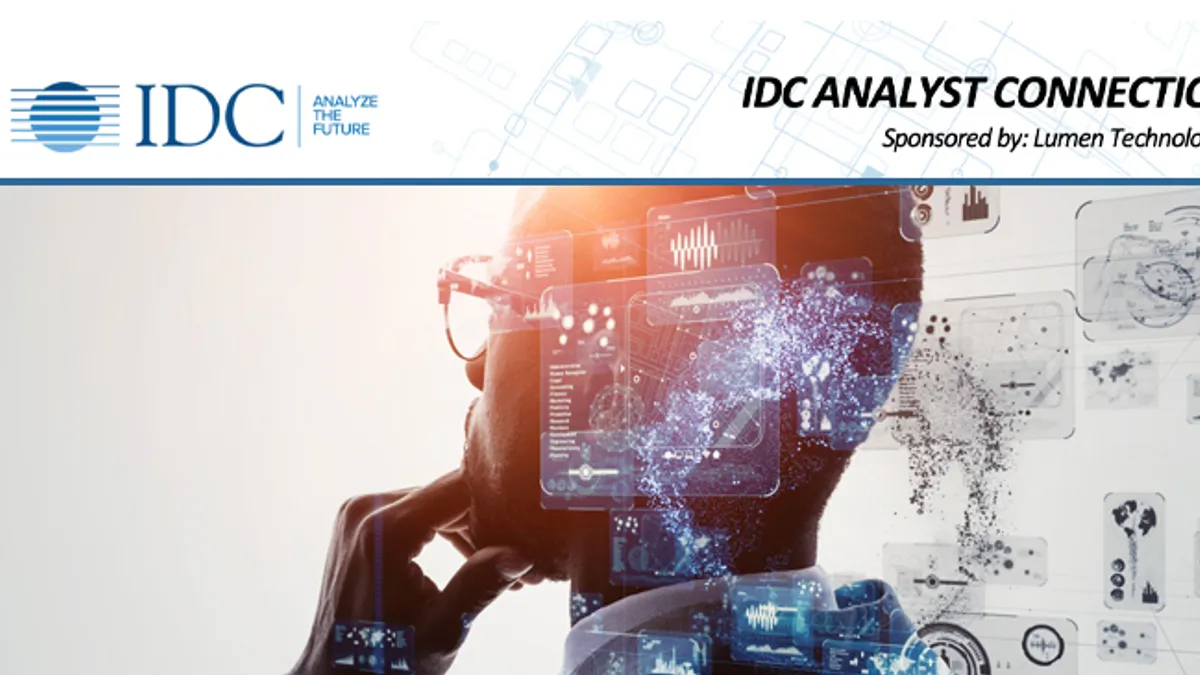Retailers want customers to visit the physical store more frequently and linger as much as possible because time in-store often translates to shopping carts full of goods. But in what has become a truly blended omni-channel experience for customers, the best outcomes are driven by the efficiency with which people and goods are brought together on the store floor, curbside, or via delivery.
Employees will be directed to move goods, to support customer experiences on the sales floor, and to provide links through guided online, augmented reality (AR), virtual reality (VR), and chat-driven experiences. For retailers, moving more goods through the store faster produces optimal growth, product movement, and profitability, as well as the best opportunity to build loyal customer relationships that ensure the sustainability of customer lifetime value.
Both customers and retailers have the experience they want when the omni-channel experience is digitized and personalized. Omni-channel retailers need to align the orchestration of goods and people to deliver personalized experiences across all physical and digital customer journeys. To do this, they will need a modern, adaptable, and secure platform that is cloud and edge enabled.
As application upgrades and deployments sway increasingly toward the cloud, retailers need to decide how they should regulate data movements and insight creation across their networks (i.e., when and where data and insights needed in real-time should occur versus those that can bear some latency). To help address this issue concerning cloud/edge implementation, retailers may want to consider:
- Optimizing IT performance and experiences by intelligently managing workloads and consuming IT resources as necessary via cloud, edge, and on-premises capabilities
- Deciding where to store data and execute analytic processes based on volume, velocity, security, and immediacy requirements
- Accounting for the need to easily integrate, turn on, or scale capabilities (including apps, interfaces, digital assets, and physical assets). Product management and customer satisfaction are the top two priorities.
IDC Retail Insights predicts that by 2025, digital shelves, real-time inventory visibility, robotic fulfillment, and automated checkout will accelerate investment in connected store edge platforms by two years and 10x over forecast levels (IDC FutureScape: Worldwide Retail 2021 Predictions, October 2020). According to IDC's July 2020 Industry IT and Communications Survey, 90% of retailers reported interest in edge investment. However, momentum is still building for wide-scale deployments, with nearly twice as many retail respondents (36.8%) planning on utilizing edge capabilities in-store in three to five years versus those planning on doing so in one to two years (19.3%).
To learn more, download the white paper, Clearing the Hurdles and Maximizing Value in Current and Future Store Operations.










